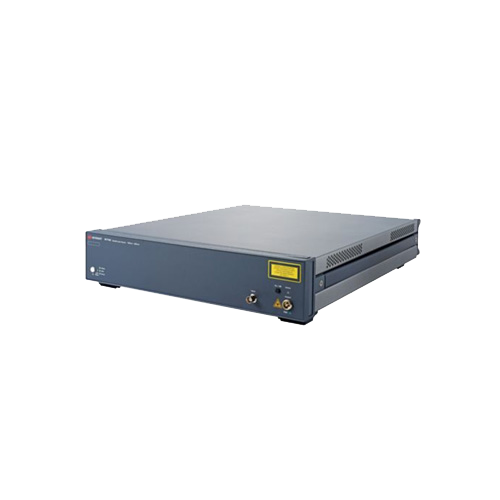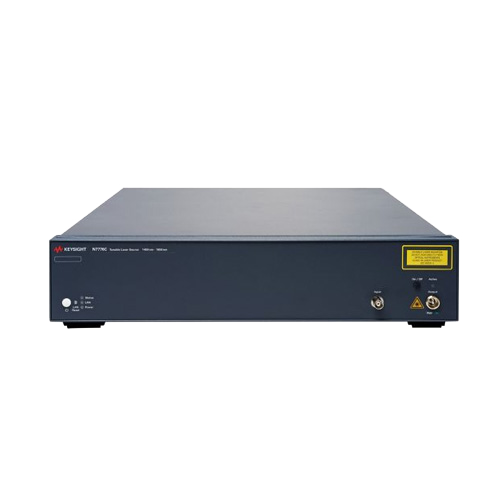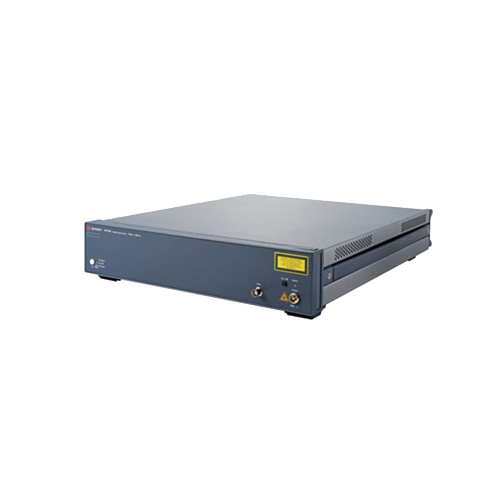



N7776C Keysight Tunable Laser Source, High Power and Lowest SSE, Top Line
Main features:
• Wavelength: 1240-1380 nm or 1340-1495 nm or 1450-1650 nm or 1490-1640 nm
• Scanning speed: up to 200 nm/s, bidirectional
• Maximum power: > +12 dBm peak (options 114, 116, 216) or > +13 dBm peak (option 113)
• Signal to SSE ratio: ≥ 80 dB/nm (typical)
• Absolute wavelength accuracy: ±1.5 pm typical (also during continuous scanning)
• Scanning speed: up to 200 nm/s, bidirectional
• Maximum power: > +12 dBm peak (options 114, 116, 216) or > +13 dBm peak (option 113)
• Signal to SSE ratio: ≥ 80 dB/nm (typical)
• Absolute wavelength accuracy: ±1.5 pm typical (also during continuous scanning)
Consultation
N7776C Keysight Tunable Laser Source, High Power and Lowest SSE, Top Line
Related Products
related products

N7778C keysight
• Wavelength: 1240-1380 nm or 1340-1495 nm or 1450-1650 nm or 1490-1640 nm
• Scanning speed: up to 200 nm/s, bidirectional
• Maximum power: > +12 dBm peak typical (options 114, 116, 216) or > +13 dBm peak (option 113)
• Scanning speed: up to 200 nm/s, bidirectional
• Maximum power: > +12 dBm peak typical (options 114, 116, 216) or > +13 dBm peak (option 113)

N7779C keysight
• Wavelength: 1240-1380 nm or 1340-1495 nm or 1450-1650 nm or 1490-1640 nm
• Sweep speeds: up to 200 nm/s, bidirectional
• Max. power: > +12 dBm peak (Options 114, 116, 216) or > +13 dBm peak (Option 113)
• Sweep speeds: up to 200 nm/s, bidirectional
• Max. power: > +12 dBm peak (Options 114, 116, 216) or > +13 dBm peak (Option 113)

















